The clearest way into the Universe is through a forest wilderness.
~ John Muir
While the Ranthambore fort was the main reason of us being there, a chance to spot the famed tigers of Ranthambore was no less tempting. So, we kept both the plans in our itinerary and once we were well rested after the trip to the fort, it was time for the Jungle. We had already booked a trip in a shared “canter” with help from our hotel and it came to pick us up as about 2:00 PM. The sun was up for a couple of hours and though it was still very cold, it was somewhat bearable. So off we went towards the Ranthambore National Park !
Ranthambore National Park
Spread over an area of 392 sq km, Ranthambore National Park is one of the largest in India. It lies on the edge of a plateau and has its boundaries defined by the Chambal and Banas rivers. The rugged terrain alternates between dry deciduous forest and open grasslands, dotted with lakes and crisscrossed by rivulets.
Though these forests are famous for their Tigers, they are pretty rich in other species of flora and fauna. Some of the other animals found here are leopards, wild boars, crocodiles, sambar, hynea, sloth bear and various varieties of apes and birds. The flora includes dry deciduous forests and vast grasslands, including nearly 500 varieties of flowering plants.
From Royal Hunting Grounds to a Protected Forest
During the days of the British Raj, Ranthambore used to be a private hunting ground of the Maharajas of Jaipur, their memories enshrined in the hunting lodges like the Jogi Mahal at the Padma lake and the RTDC resort within the park.
In 1955, the Government of India created the reserve by establishing the Sawai Madhopur Game Sanctuary. It became a part of Project Tiger in 1975 and was declared a national park in 1980. By 1991, the national park had assimilated Sawai Man Singh and Keladevi sanctuaries to become one of the largest in India, that it is now. Today its tigers are so famous that some of them have achieved legendary status in the folklore of wildlife lovers.
The Safari
Two safaris happen everyday, the morning safari at 6:30 AM, and the afternoon one starting at 2:30 PM. Due to the extreme cold, taking the morning safari was out of question so we had opted for the afternoon one. Some local tourist couple and a large family from rural Rajasthan were giving us company in the canter. We were sitting at the last seat in the open vehicle and that gave us a good opportunity to look in two directions – side and back.
The safari started at the base of the fort, going into the famed archway which acts as the gate of the national park. Just after the gateway is a great banyan tree, its roots wrapped around old masonry, giving it a very Ta-Prom-ish look.
Ranthambore National park is divided into 8 zones; we had permit for Zone 3, which has a fair density of Tigers. This zone goes around a lake called Malik lake and the several watering holes gave us a great opportunity to witness the wild treasures of the forest.
Glimpse of the Tiger
In all our safaris, we have never been fortunate enough to get a glimpse of the prime attraction of the jungle – the Tiger. This experience was slightly different, only sightly.
As we entered further in the Zone 3, the guide in the vehicle before us gave a call and we all stopped. He had seen a tiger in the bushes to our left. Although it was just a few feet away from us, the vegetation was so thick that we had a tough time spotting the tiger. I saw its stripes and the head but a second later, it just vanished in thin air. Everything happened so quickly that we could not even take a photograph…
We waited around that area for quite a long time in the hope that the king of the jungle will show up again, but in vain. Finally we had to turn back disappointed.
Though we could not get a satisfactory view of the tiger, the other representatives of the animal kingdom were forthcoming in their appearance. There were plenty of spotted deer, sambar, wild hogs, and various species of birds. Apparently there is plenty of game in these forests for the carnivores to flourish. Among the birds that we saw were peacocks, tree pie, kingfisher and many others.
While returning back from the futile tiger expedition, we came across a happy chance to see a sloth bear. This beauty was black in colour and quite heavy in size, and was trying to dig a hole in the ground, possibly to create a shelter from the biting winter cold. Sloth bears are a rare sight in these jungles and this compensated to a great extent, our failure with the tiger.
Once we were certain that there was no more adventure to happen on this day, we were actually lightened up to enjoy the beauty of the nature around us. The open grasslands of Ranthambore bear a striking resemblance to the vast game reserves of Africa; and the landscape combined with the mist of the impending evening made for interesting views, and photographs. It was particularly beautiful when we came atop what seemed like a plateau and looked at the vista in front of us…
By the time we came back to the lake, the sun was going under the horizon and there was a chill in the air. This safari completed our visit to this beautiful part of Rajasthan. As for the tigers of Ranthambore, we hope to have a rendezvous with them again someday, and a better one at that !

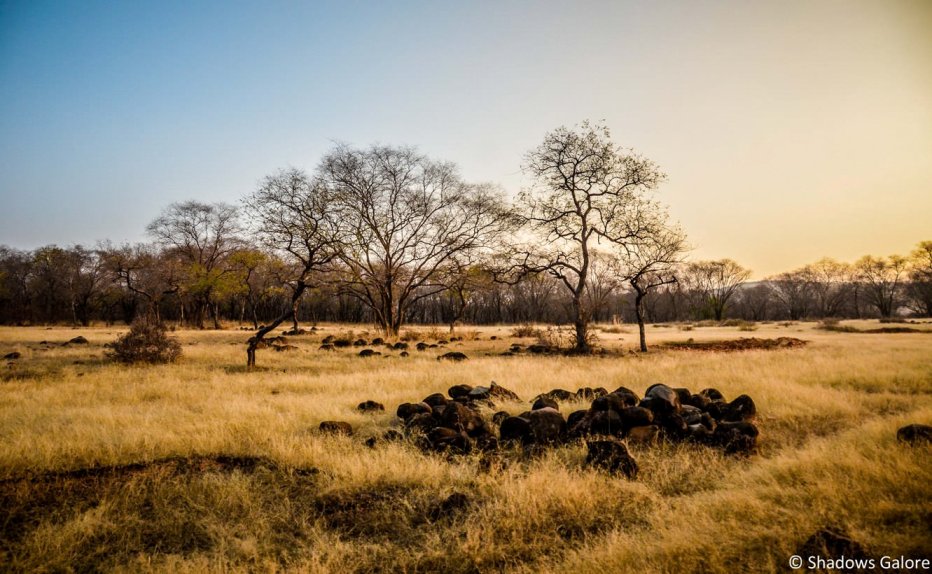
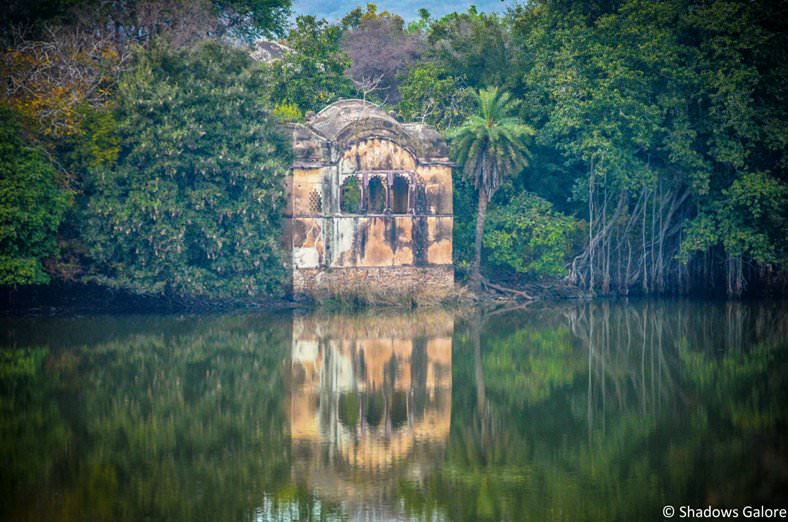
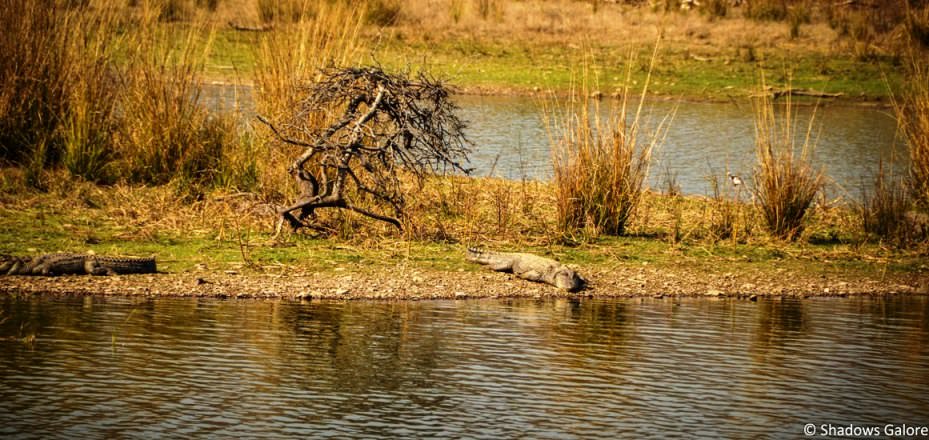
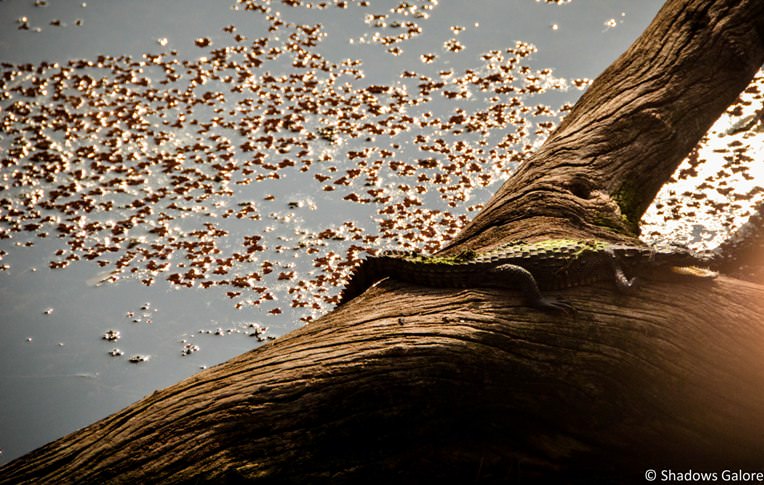
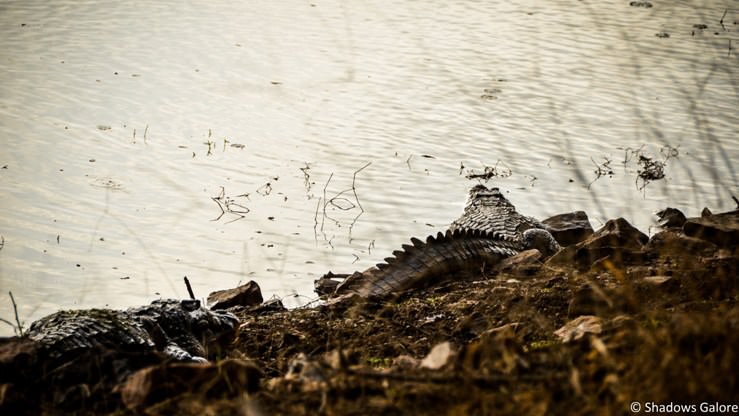

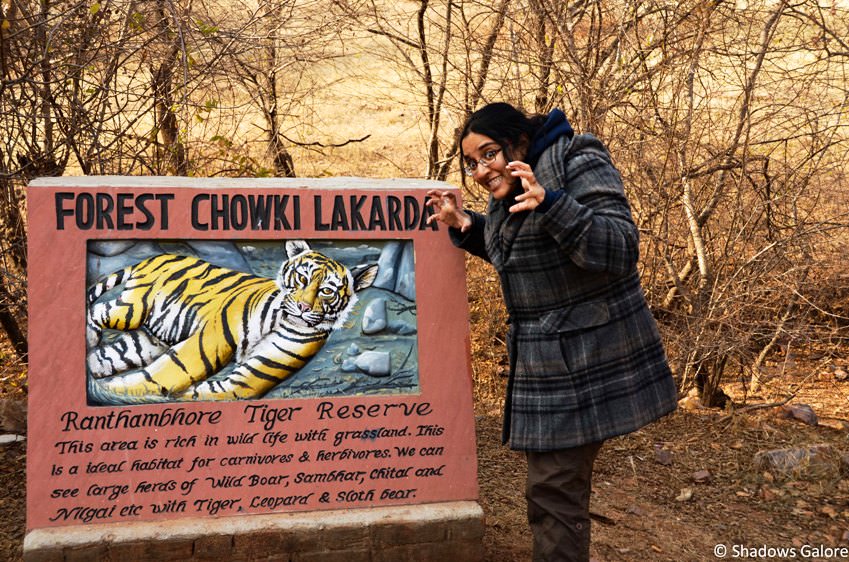
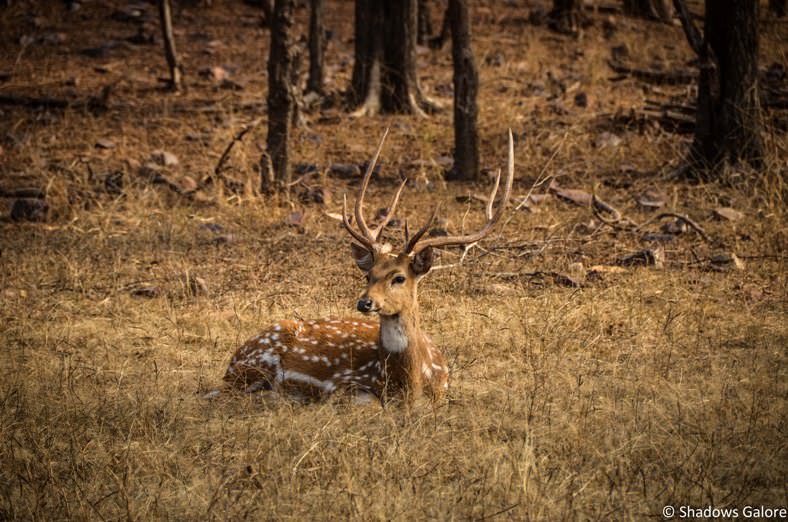
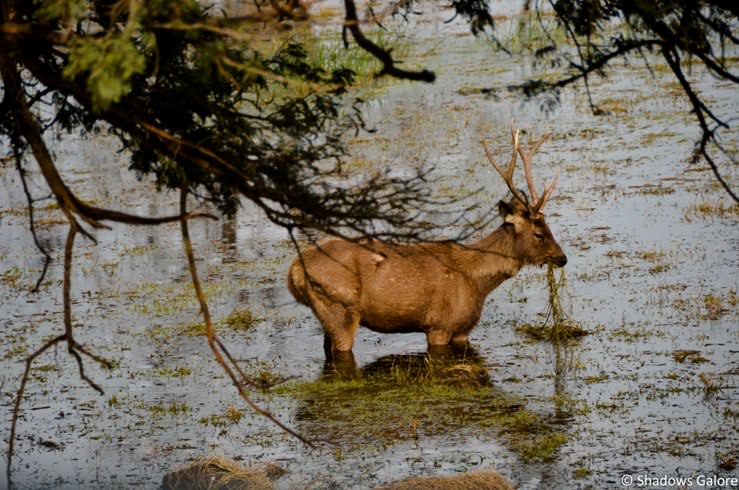
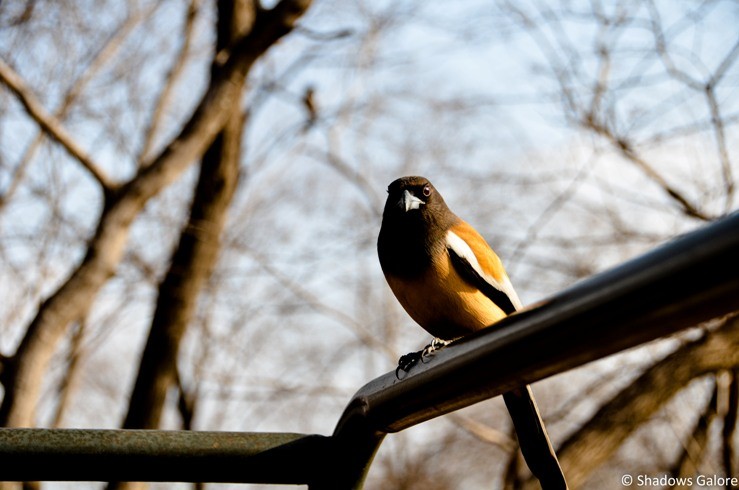
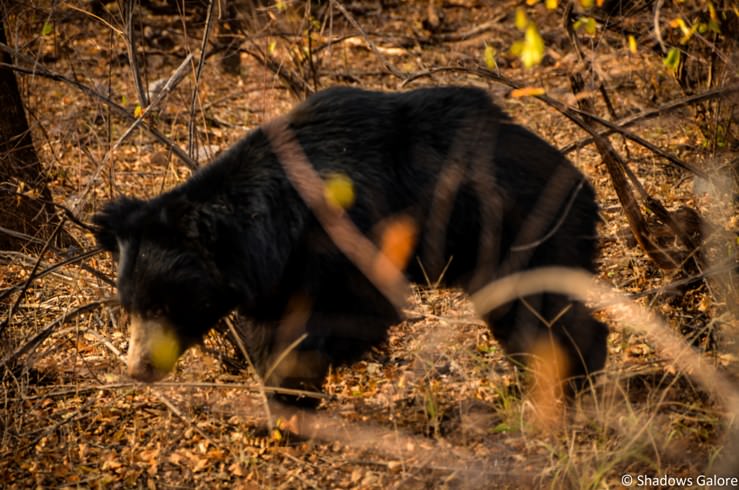
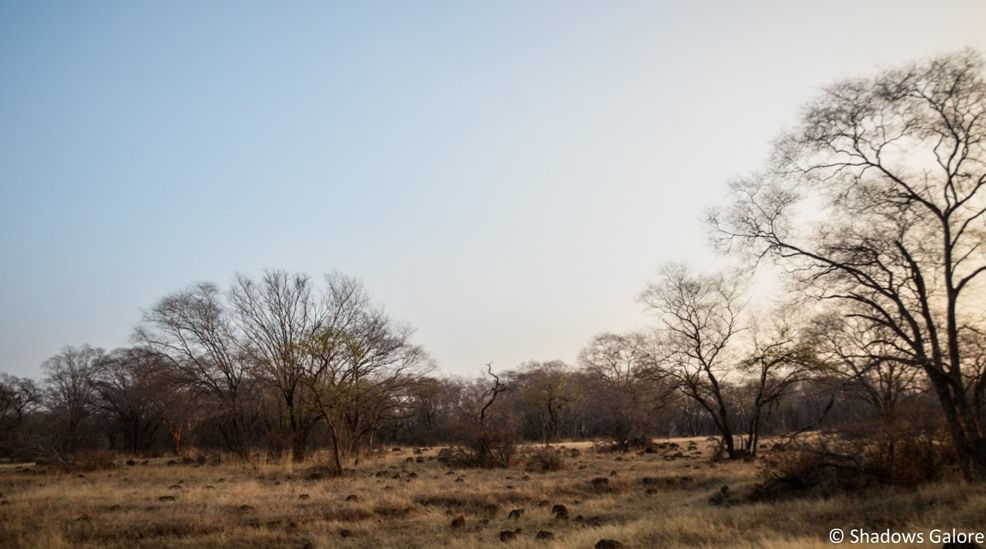
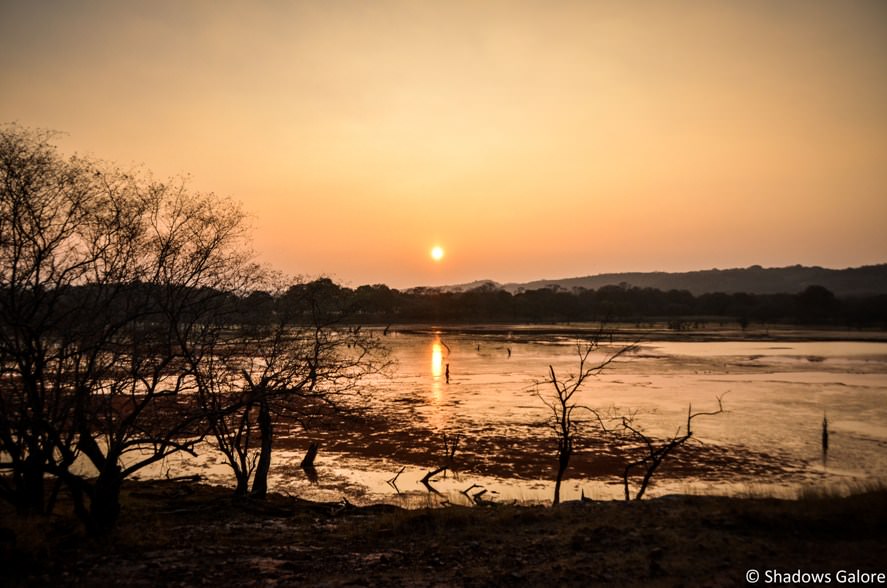
Wow! That is such an insightful post. Ranthambore on my list next for sure. The photographs are amazing and tempting. 🙂
Thanks Ramya 🙂
Some lovely sightings there. You have captured it well. Tiger sighting is mostly luck.
Thanks Niranjan. We will try again in Panna this December 🙂
Lovely account of your safari! There seems to be some formatting issue with the photos.
Thanks Chaitali, are photos not coming properly on your screen ?
I love to travel and i suggest to everyone to go and enjoy there, Thanks for sharing lovely picture with us…
Thank you for the visit on our blog Shamsher 🙂